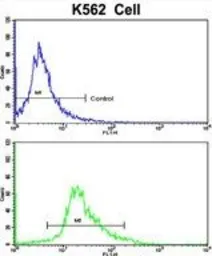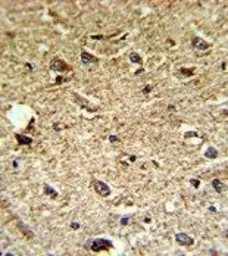Nocturnin antibody, C-term
Cat. No. GTX81810
Cat. No. GTX81810
-
HostRabbit
-
ClonalityPolyclonal
-
IsotypeIgG
-
ApplicationsWB IHC-P FCM
-
ReactivityHuman


